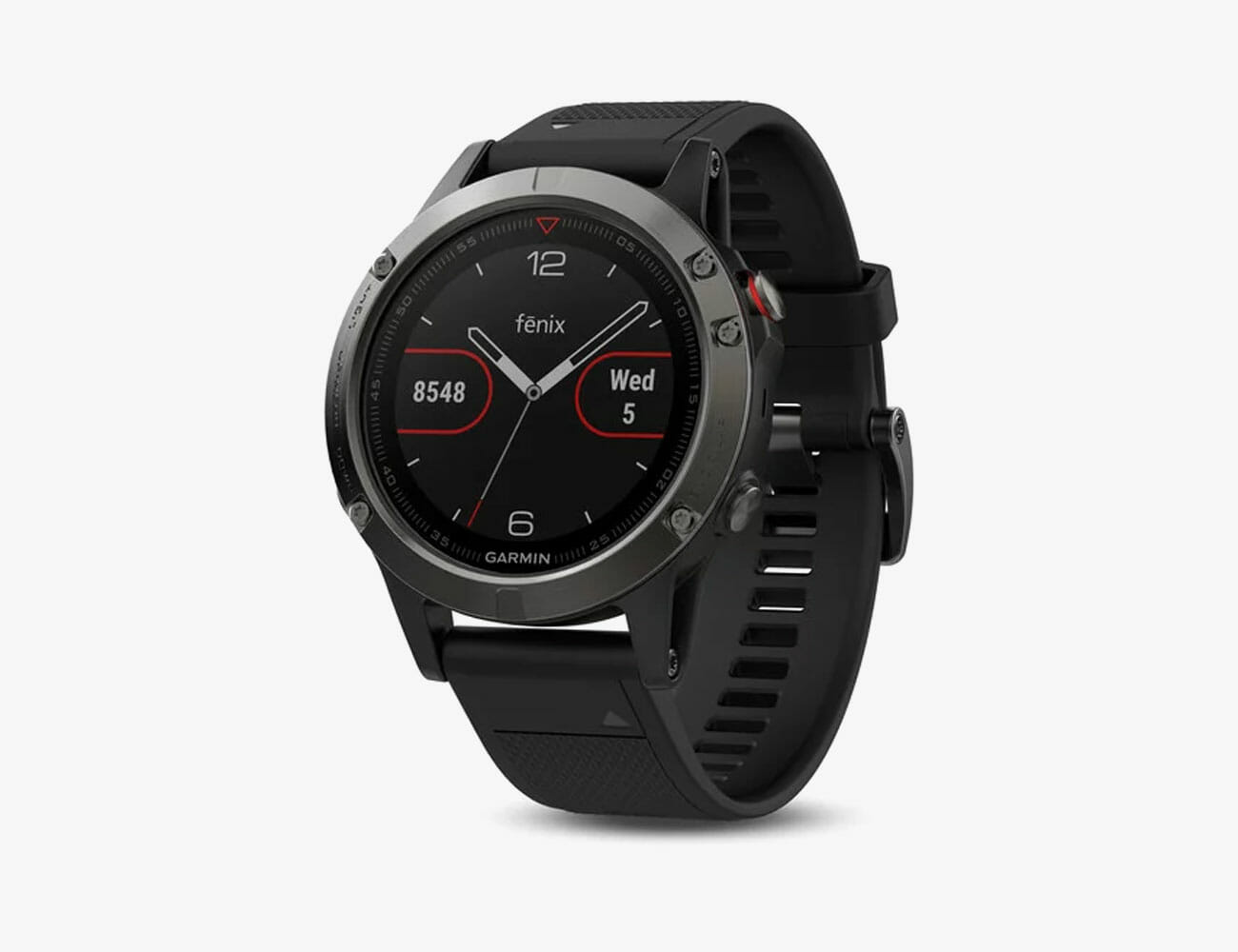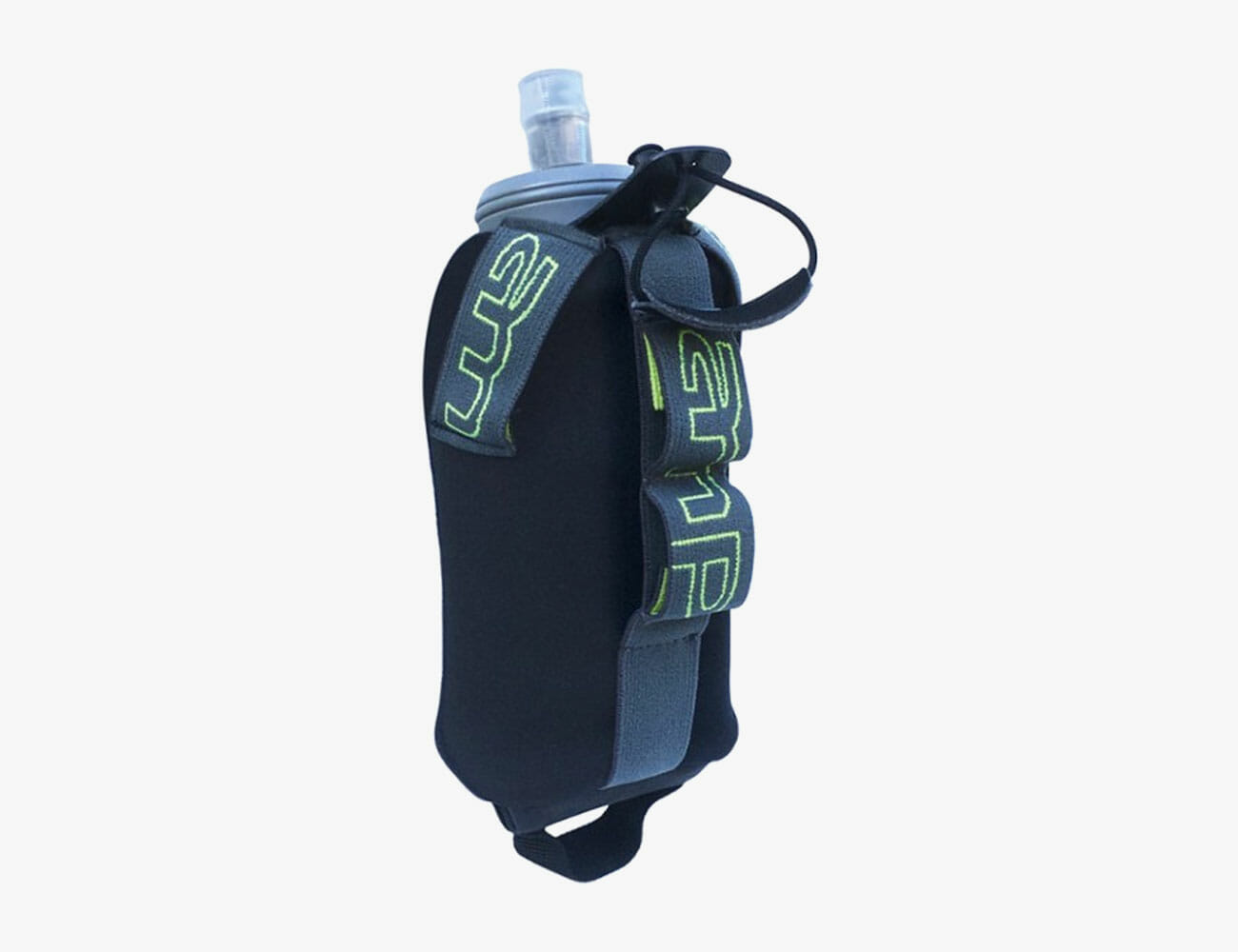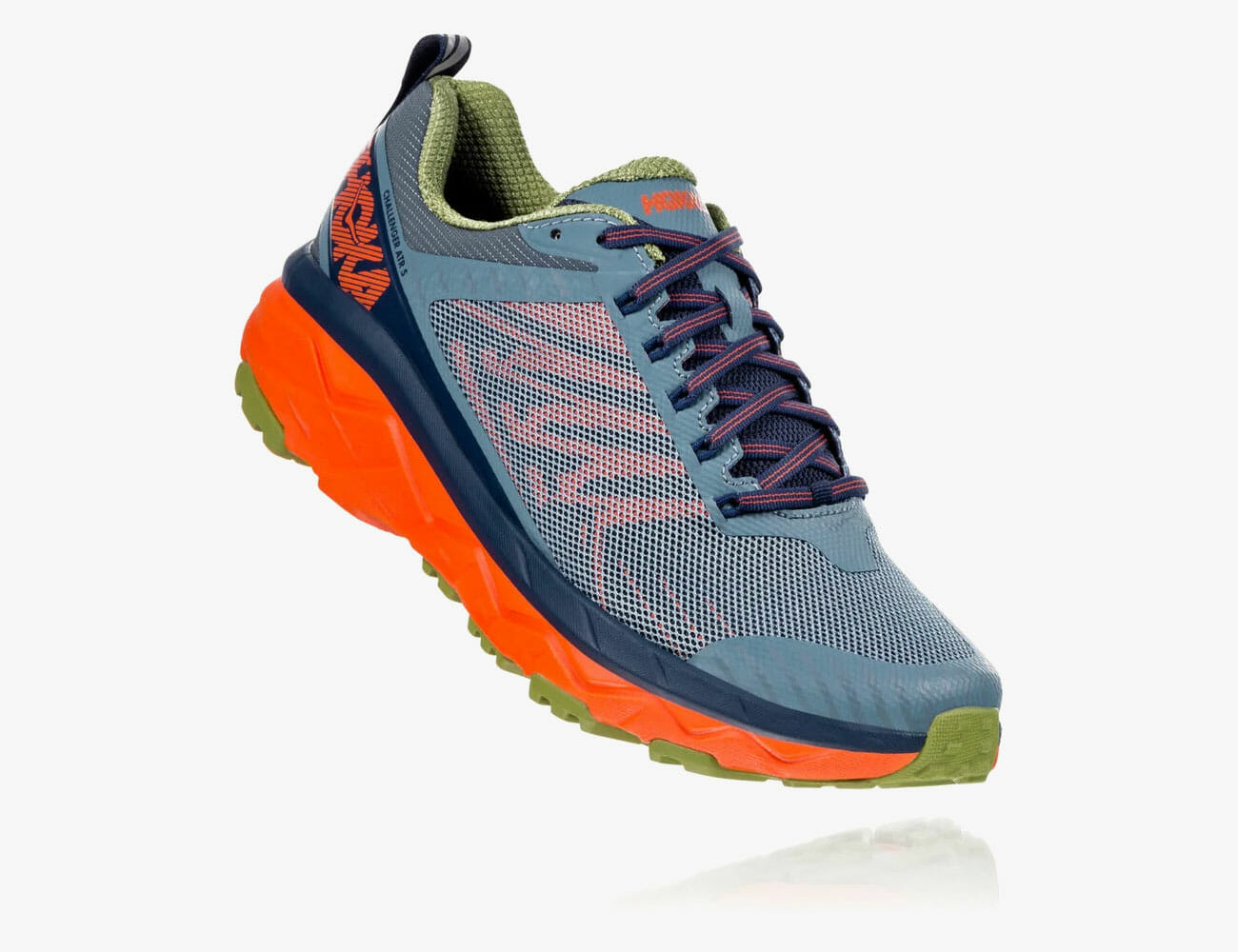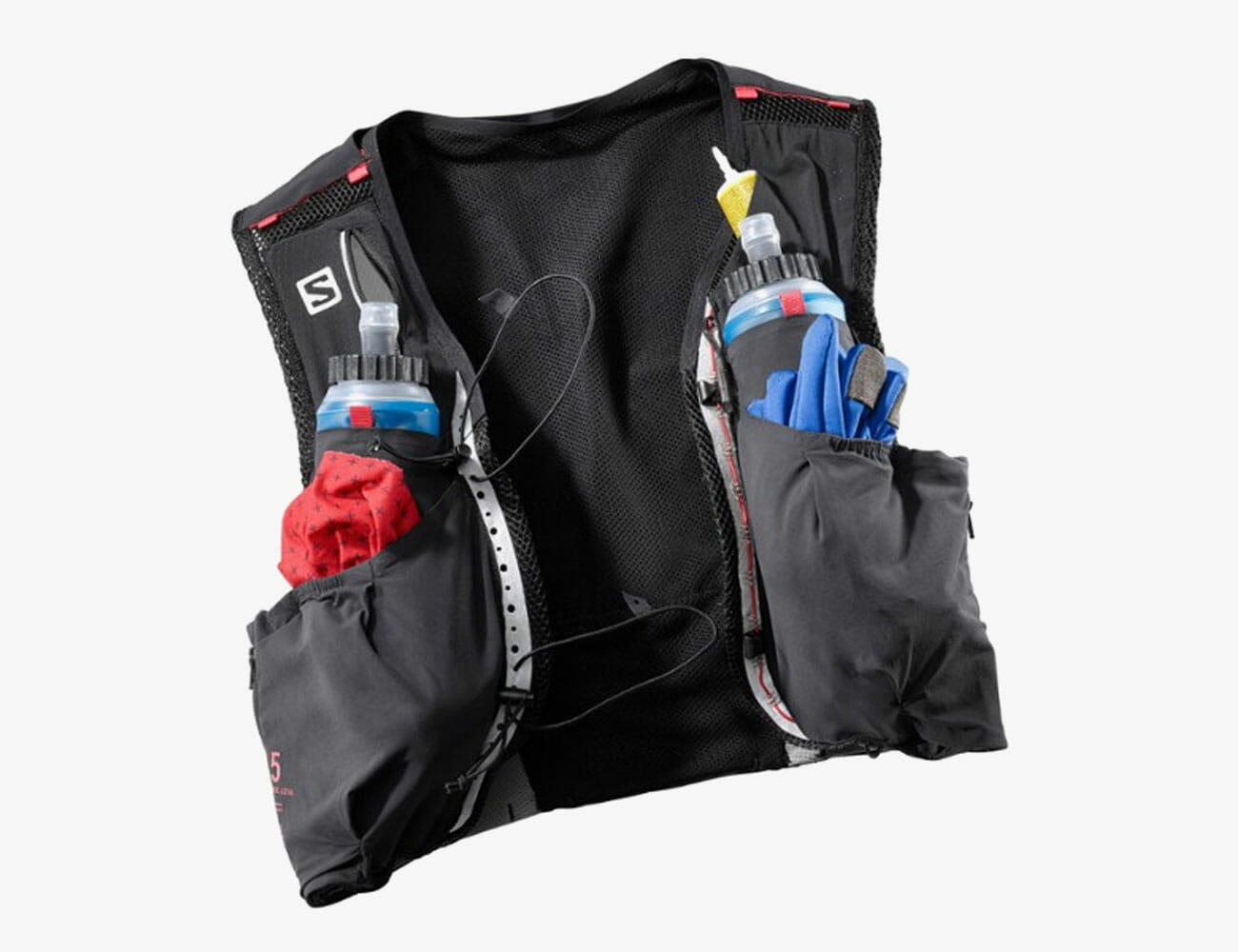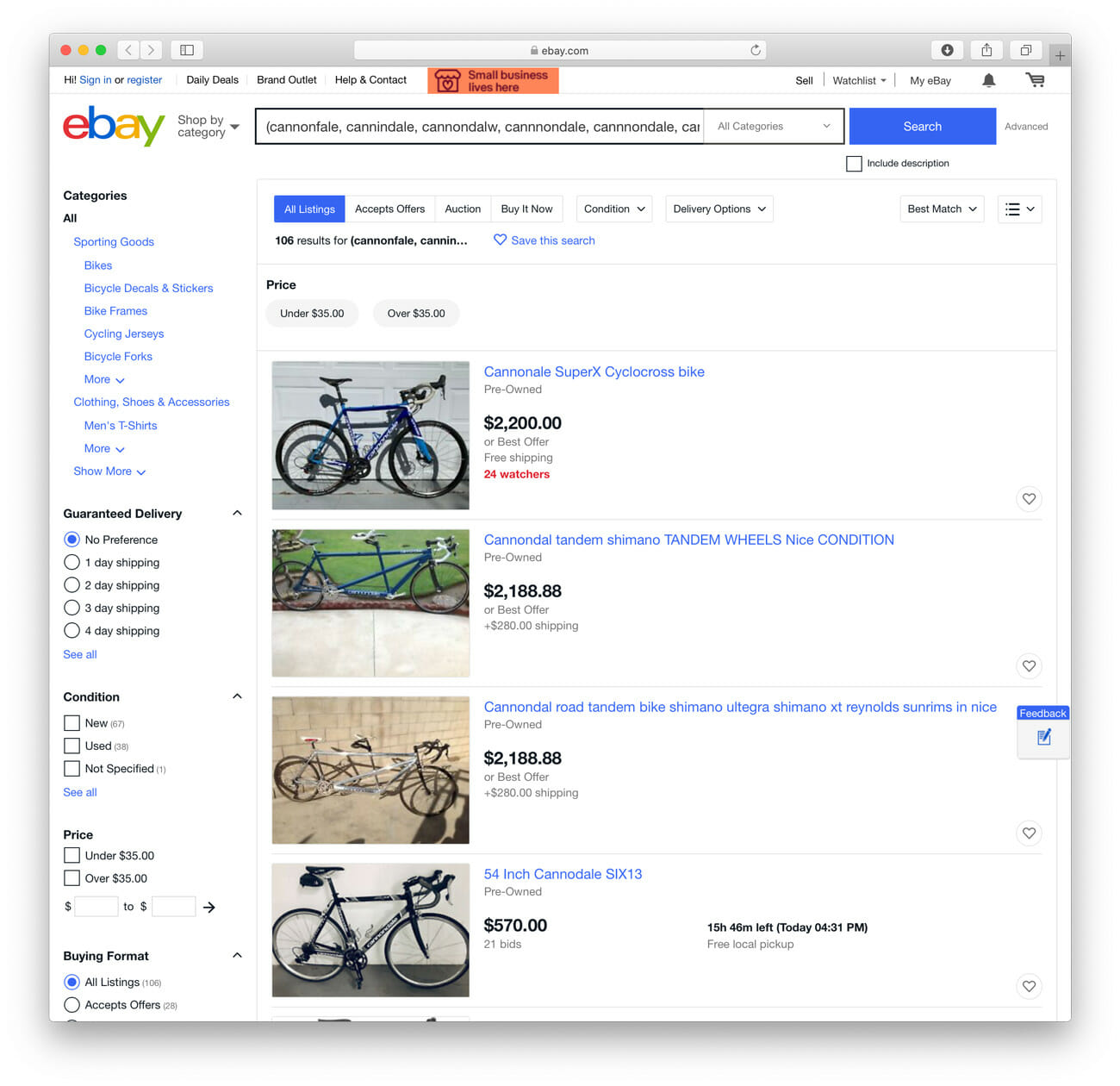Given that it’s late summer, running on the road is bound to get hot. If you’re training for a race, logging those miles can feel sluggish and exhausting. An easy fix that’ll help you achieve the same level of effort is to rotate in a couple of days on the trail. While your speed will change, so too will your scenery, creating a mental escape for your brain. Beyond just a mind vacation, trail running can have calming effects on other parts of your life as well. That’s one of many enlightening topics elite ultra runner Katie Arnold touches on in her new book, Running Home.
We asked the 2018 Leadville 100 women’s champ for her best tips and tricks fora getting into the sport and making it your own.
1. Start Local
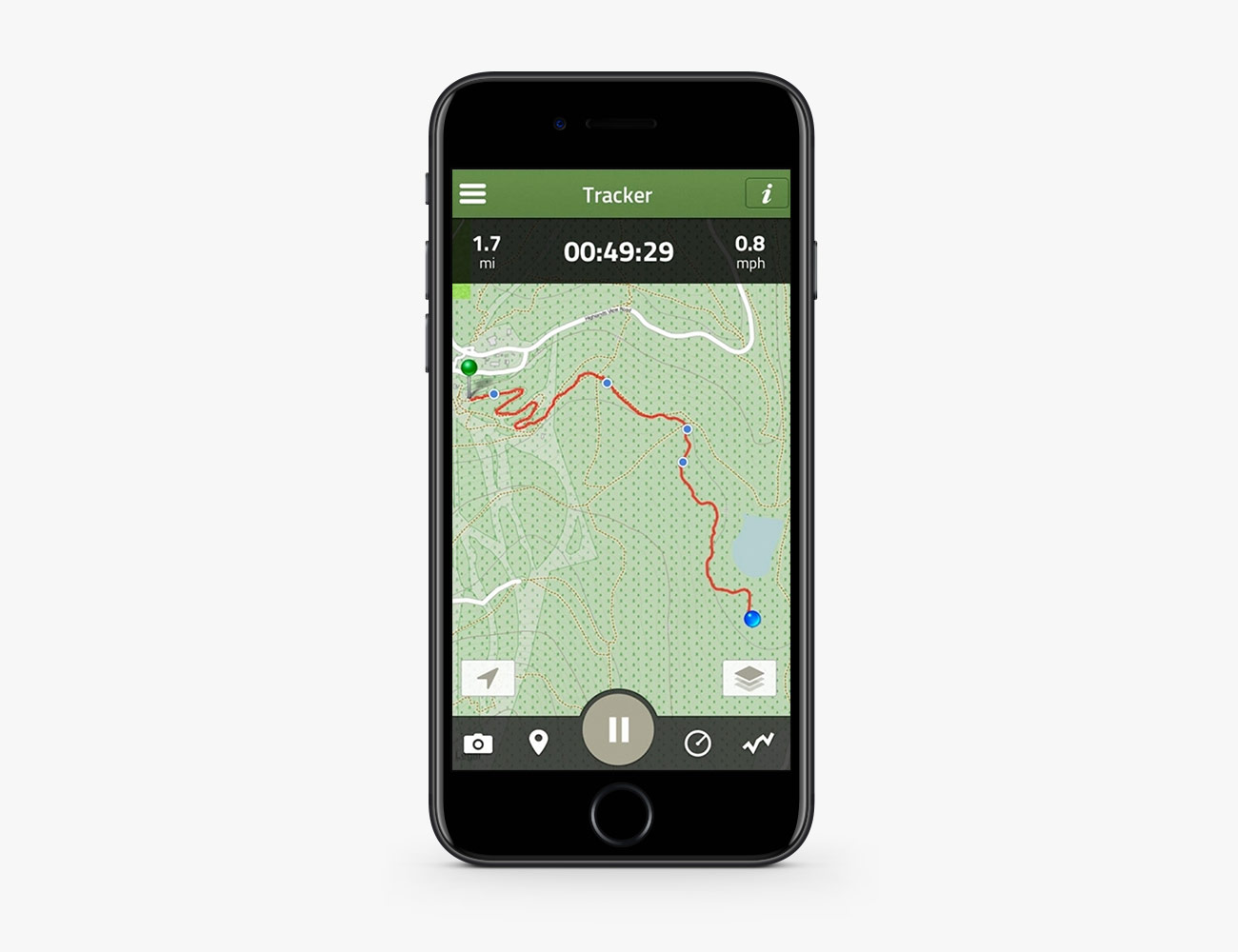
You’re more likely to go to the gym around the corner than the one across town, and that same idea holds true for trail running. Arnold recommends you find one nearby. “Don’t make it complicated or cumbersome,” she says. “When you have a relationship with your local trails, or your mountains, or your backyard, it’s really rewarding.” If you don’t know where to begin, check out the AllTrails app. Arnold uses it when she’s traveling. She also asks friends and acquaintances that live in the area to gather more data.
2. Give Yourself More Time
“Just release time,” Arnold says. When you’re heading out on trails, you don’t need to quantify as much. It’s more about being out in nature and moving on your own two feet. The effort you would give on the road will feel different on the trail. “If you’re looking strictly at time, you’ll [ask yourself], ‘Why am I doing a nine-minute mile on the trails [when I do] a seven-minute mile on the road?’ ” While Arnold doesn’t wear a watch until six weeks before a big race, she recommends the Garmin Fenix 5 for the GPS tracking and elevation data. Some runners might prefer not to wear a watch, but if you want to see what your road effort feels like on the trails, a watch can help.
3. Pack Water
“If you’re starting small, say three to five miles on the trails, you probably don’t need to bring hydration or fuel,” Arnold acknowledges, but at the same time, “a nice little handheld bottle, especially if it’s summer and it’s hot, is always good insurance.” Arnold reaches for an Amphipod or any small handheld. You won’t need more than 16 ounces for beginning runs. Don’t worry if you decide you hate running with a water bottle. You can always upgrade to a vest or hydration pack.
4. Less is Always More
When selecting sneakers, you don’t need to go out and buy big, burly trail-specific shoes. If you’re just getting started, use whatever you typically run in. “People seem to think they need the most specialized gear and lots of traction, but you probably need a bit less than you think,” says Arnold, who favors the Hoka One One Challenger. It’s light weight is tough to beat, and it has enough traction for most trails.
5. The Magic Threshold is 90 Minutes
After 90 minutes, you’ll want to bring something a little more advanced than a handheld water bottle, especially “if you’re like me and don’t like to hold two water bottles,” Arnold notes. The Salomon Advanced Sense 5 has a roomy interior but isn’t overbuilt. You can empty it while you’re running and it won’t feel bulky. It’s super important that the pack fits you right so that no matter how full or how empty the pack is, you can run without extra bounce or chafing.


